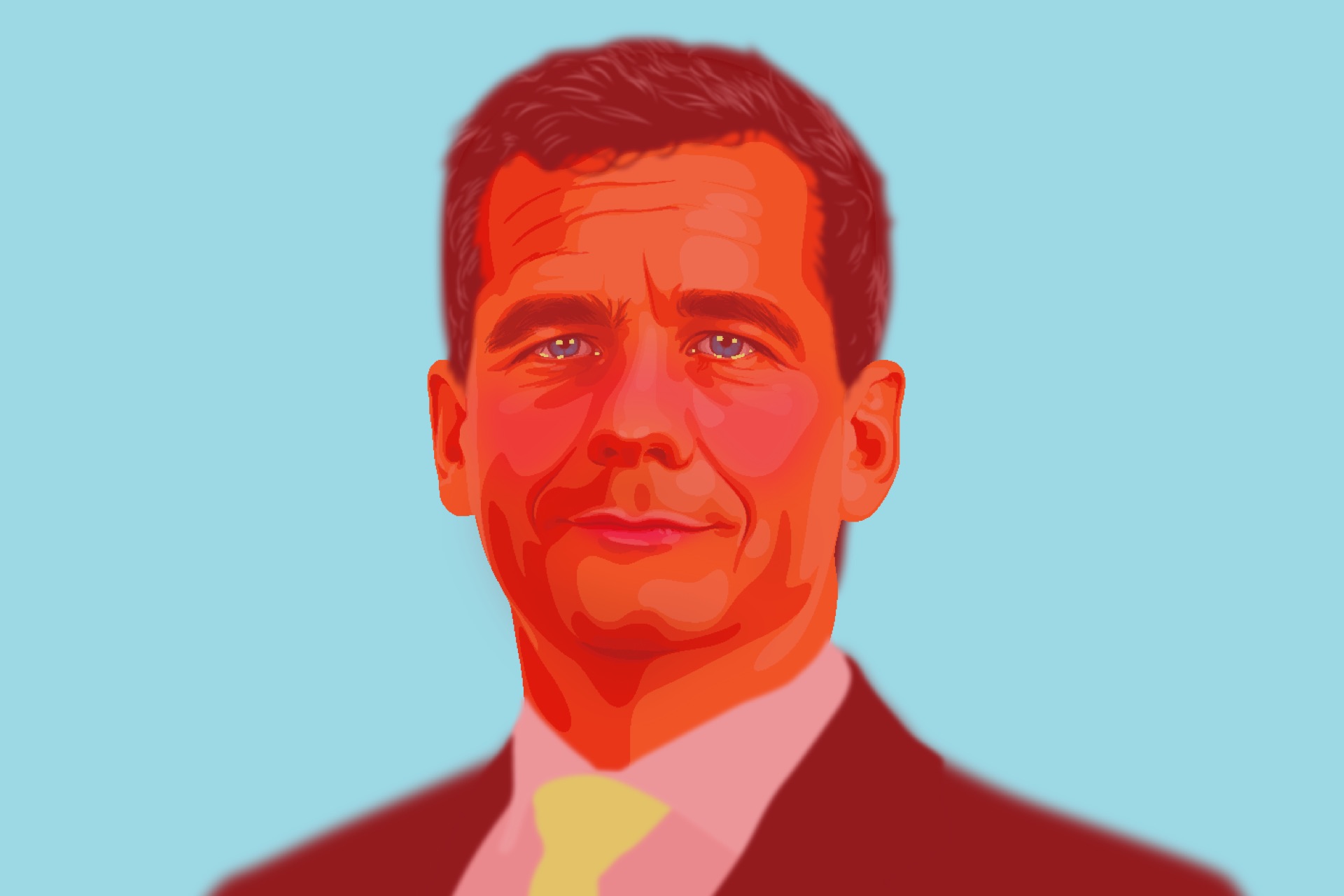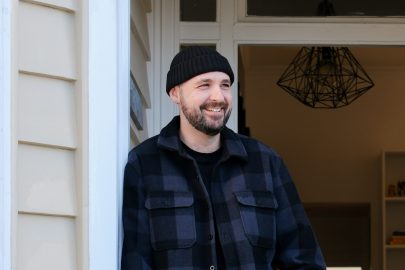Jun 6, 2024 Politics
Parliament orders its time in three-yearly terms, with each term being distinct from the three-year period that precedes it. An equally valid method for measuring time, however, is the Winston Peters unit. Each term contains its Winston: as opposition politician, Cabinet minister, minister outside of Cabinet, or politician (temporarily) out of Parliament. Future historians might find the WP unit a useful yardstick of time, neatly delineating New Zealand’s late 20th- and 21st-century history. After all, babies born the year Peters first stood for Parliament turn 49 this year. In 1991, the year this writer was born, Prime Minister Jim Bolger sacked Peters from Cabinet. Even back then — 32 years before Peters took up his third assignment as deputy prime minister, in the sixth National government — the politician was a senior member of government. Peters is dug so deeply into the soil his roots touch the kauri.
None of that is meant as a criticism, by the way. The young and impatient might consider Peters as akin to the Treaty of Waitangi, a rat-eaten relic stored somewhere in the basement of Archives New Zealand. But that’s precisely his strength. Peters’ rich experience cuts through the current Cabinet’s indecision. On security and defence, the New Zealand First leader is reinforcing the country’s relationship with the United States, picking up where he left off as minister of foreign affairs in 2005 and 2017. On fiscal orthodoxy, Peters is questioning whether his senior coalition partner can justify tax cuts as inflation bites and a structural deficit roars, reprising the roughly similar role he undertook in Bolger’s fourth National government. This is vintage Winston Peters. He campaigns as either a left-wing or right-wing insurgent (depending on the side from which the incumbent government comes), but in power, he governs as a conservative centrist.
Except, well, this time. In the 2005 and 2017 elections, Peters and his New Zealand First party ran high-temperature campaigns. In July 2017 Peters declared that Labour’s and National’s “irresponsible” free-market capitalism had failed New Zealanders, and he repeated that denunciation just moments before revealing his decision to support Jacinda Ardern’s Labour Party over the outgoing National-led government. In the moment, a significant number of leftists imagined Peters might unleash a left-wing programme in the shape of the Kirk government of the 1970s. Instead, and perhaps predictably, Peters governed as a sensible conservative centrist, proudly claiming his party’s “handbrake” on Labour’s progressive accelerator. True to his base, Peters killed three strikes reform, fair pay agreements, and other radical policies Labour sought to enact in its first term.
This centrist position is similar to how Peters played the 1996 and 2005 terms, moderating the governments to his right and left respectively. But this term is different. On policy, yes, Peters is moderating the coalition. The doubts he is casting on the affordability — or, rather, lack of affordability — of tax cuts is perhaps the tidiest example. Yet in performance and presentation, the New Zealand First leader is hardly pitching to the centre. In a normal cycle, Peters would ratchet up the temperature gauge over the election period, before slowly decreasing the pressure in government. After those 2017 denunciations of uncaring capitalism, New Zealand First simply pursued business as usual. But this term, Peters is still running hot — attacking the woke media, the evils of co-governance, Te Pāti Māori and its co-leader Rawiri Waititi, and every other passing controversy.
Winston Peters is not Donald Trump, and a comparison between the two is silly. Peters is obviously a better thinker, and certainly more accomplished as a politician. But Peters’ decision to hold a “state of the nation” speech comparing co-governance to Nazi Germany is Trumpian in one way. When Trump took presidential office, defeating the centrist Hillary Clinton in 2016, his campaign rallies never stopped. As president he was still travelling the country, condemning the woke media, the Nazi-like “deep state”, and the obstructive and out-of-touch Democrats. Partly, the rallies took place because Trump was bored — every great vanity needing the constant reinforcement of an audience, of course. But partly they took place out of the political imperative to maintain an active, mobile base.
Peters is the most cunning politician in Parliament and he now understands that, for his party to last longer than a single term in government, he requires that active, mobile base. This is why attacks against the various woke forces continue. New Zealand First cannot afford a disengaged base, a group of voters who think the job is done as soon as the election is over. The previous deflation of voter enthusiasm between elections — and Peters’ ordinary conservative centrism in government — is why his party is yet to last more than a term in government. Act leader David Seymour recognises the same imperative. Both leaders are locked in a battle for 5% to 10% of the electorate, with Seymour attacking a similar series of enemies as if he too were still in opposition.
How does this end? If National is eager to poll above 40%, the party must cut New Zealand First and Act off at the knees, hauling their leaders into line and enforcing a shared policy and political programme. But given Prime Minister Christopher Luxon’s increasingly shocking inexperience, this seems unlikely. Instead, expect — for the first time — Peters to return to government for a second term.






